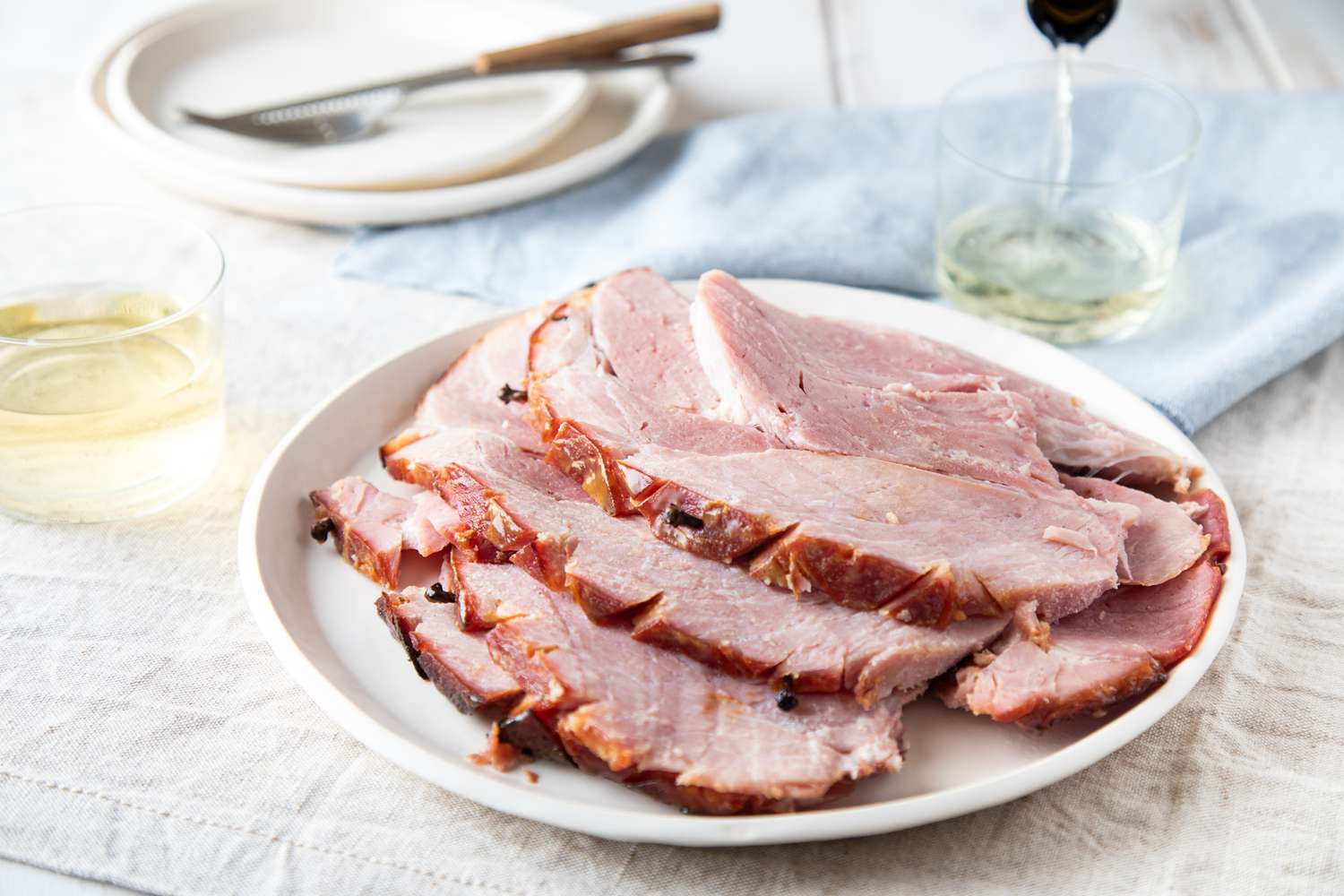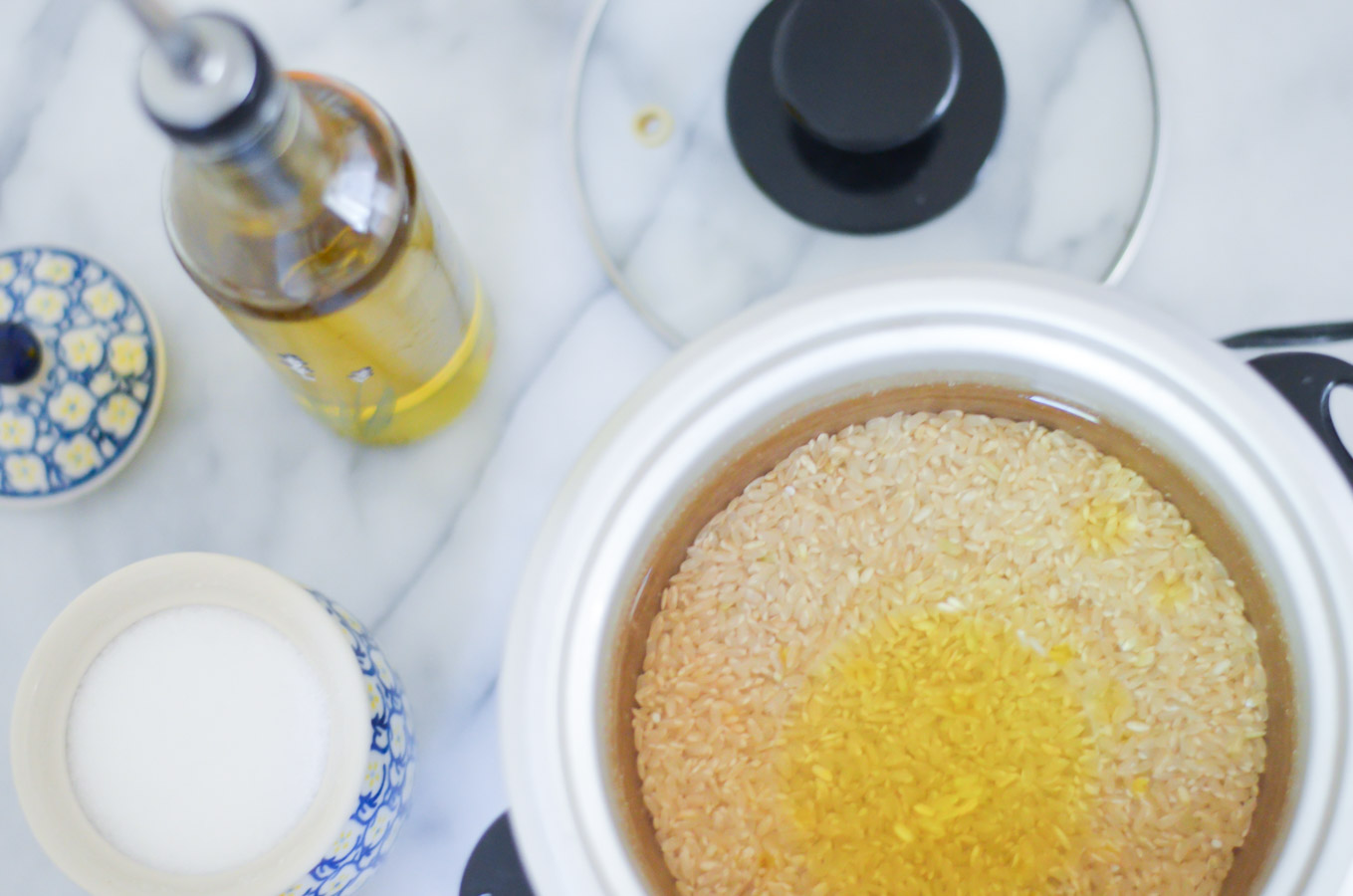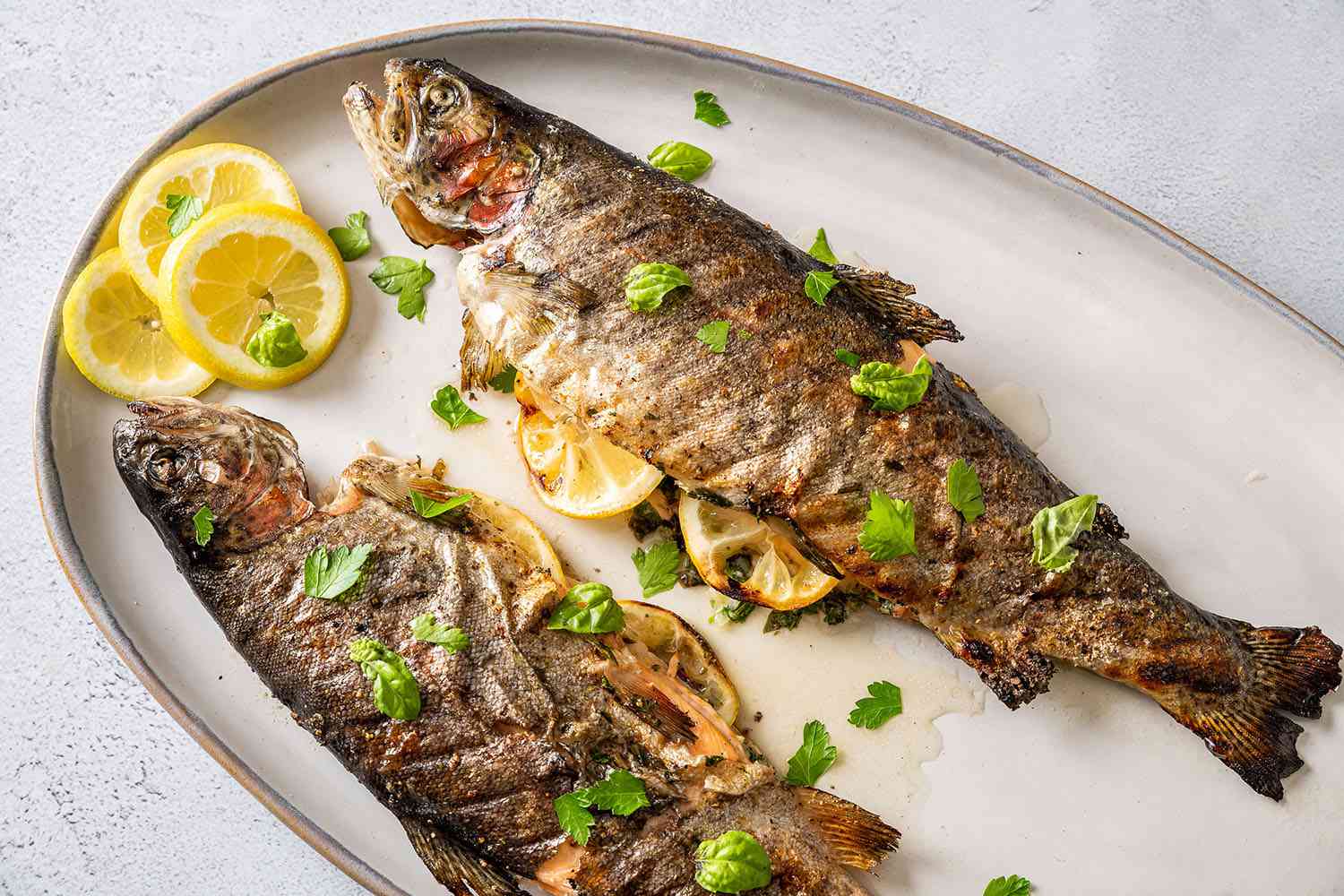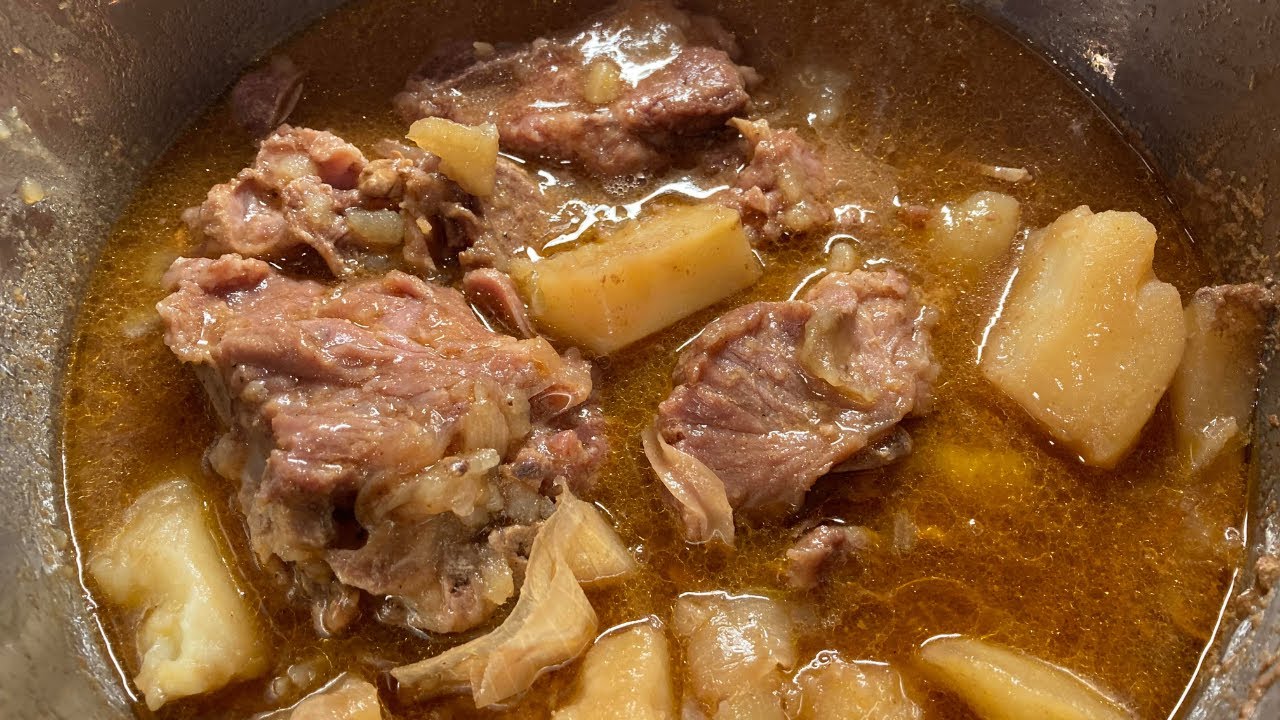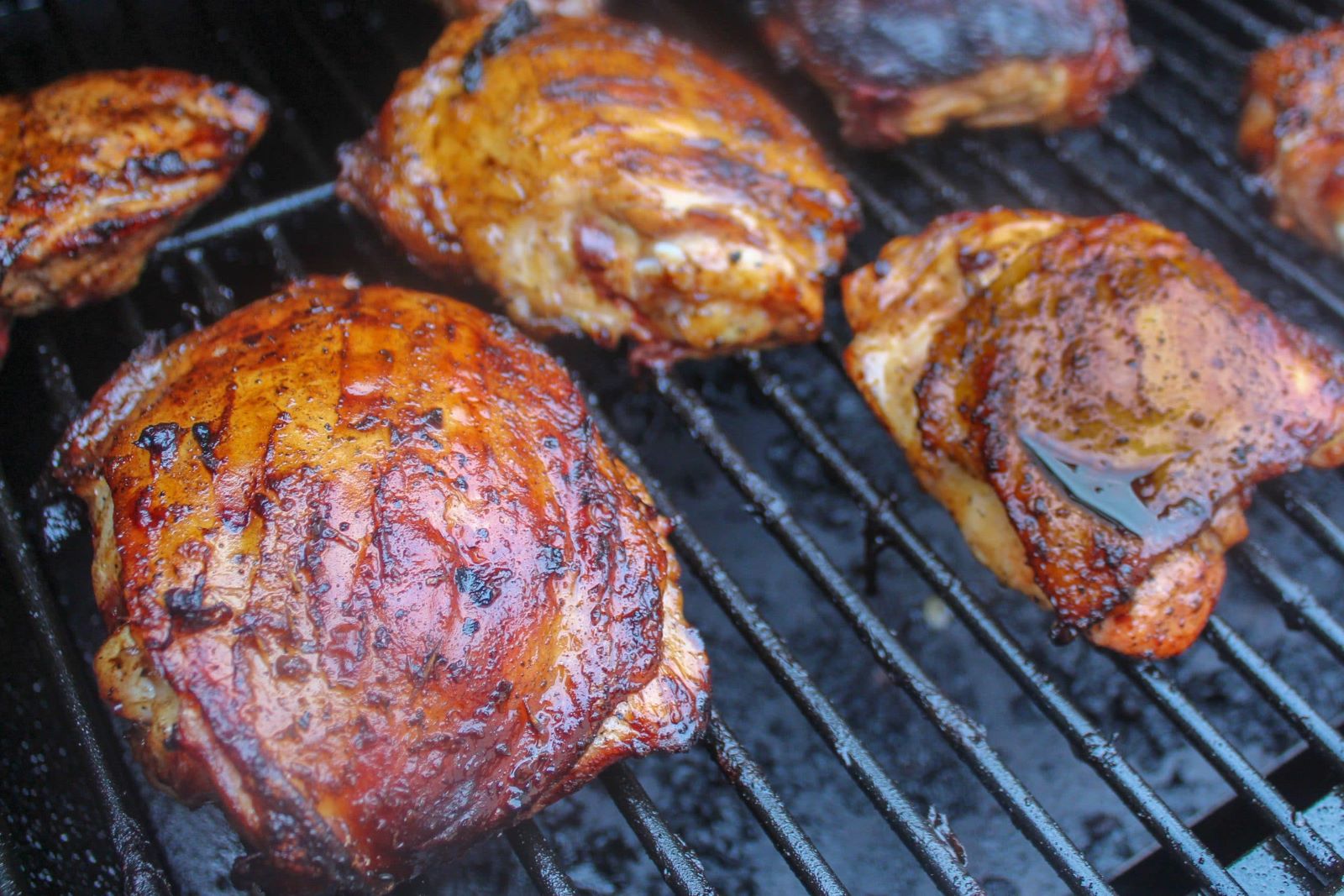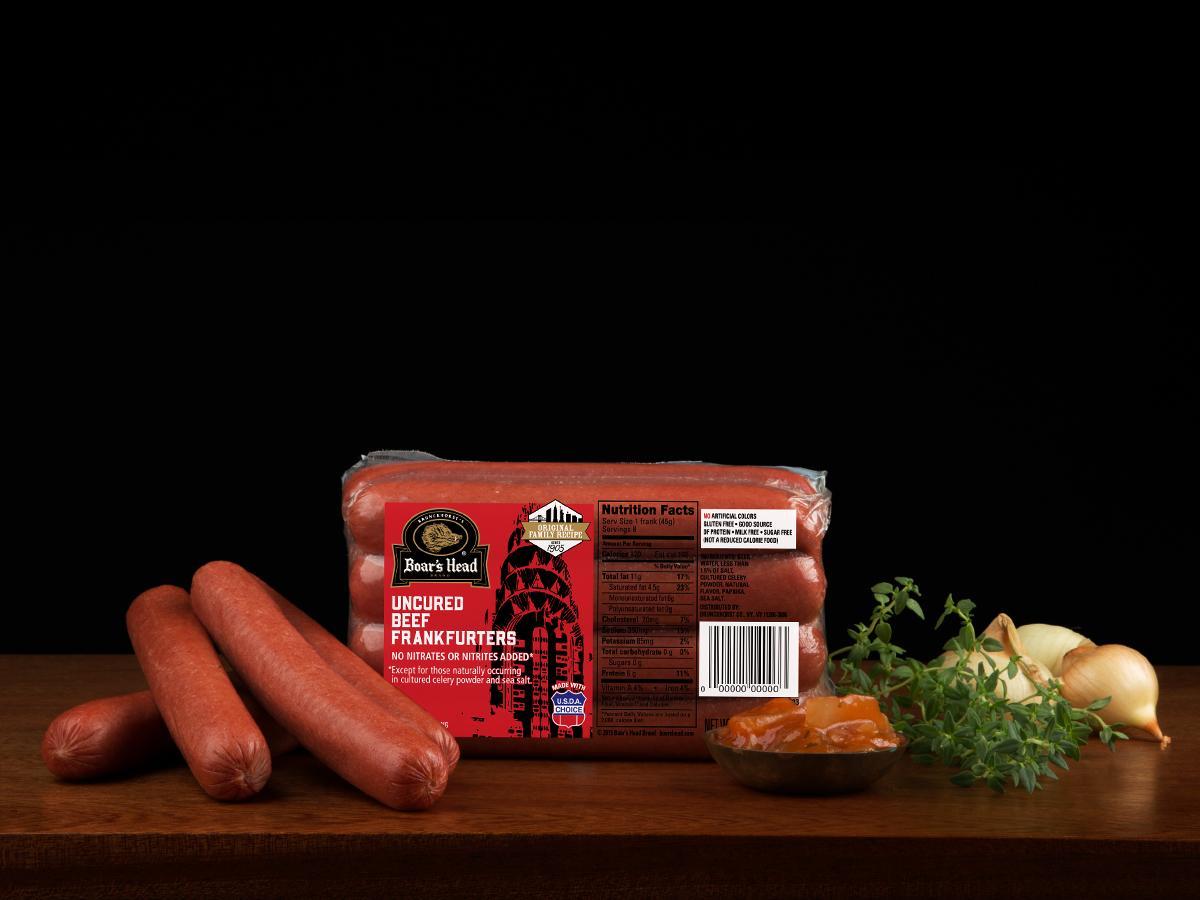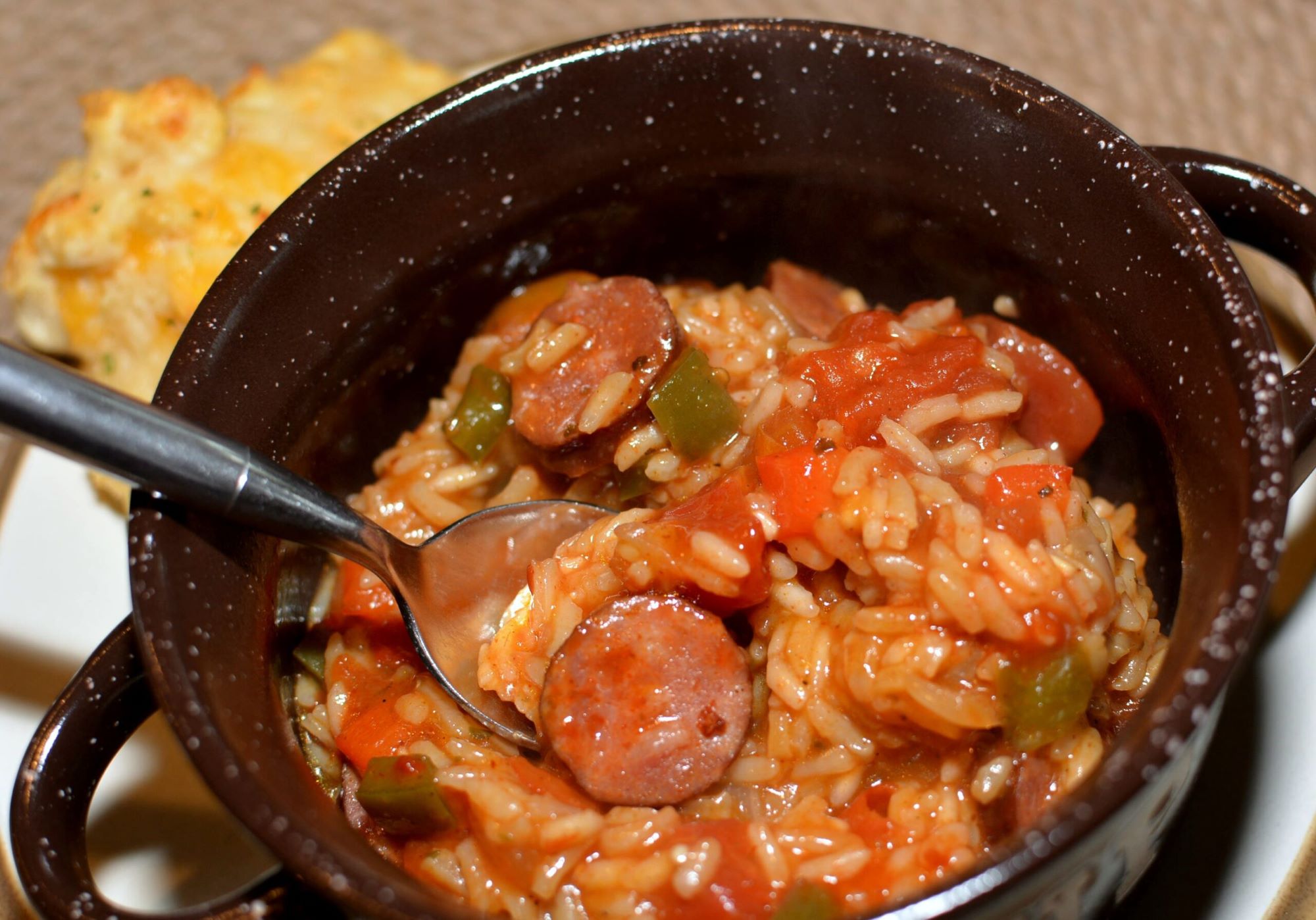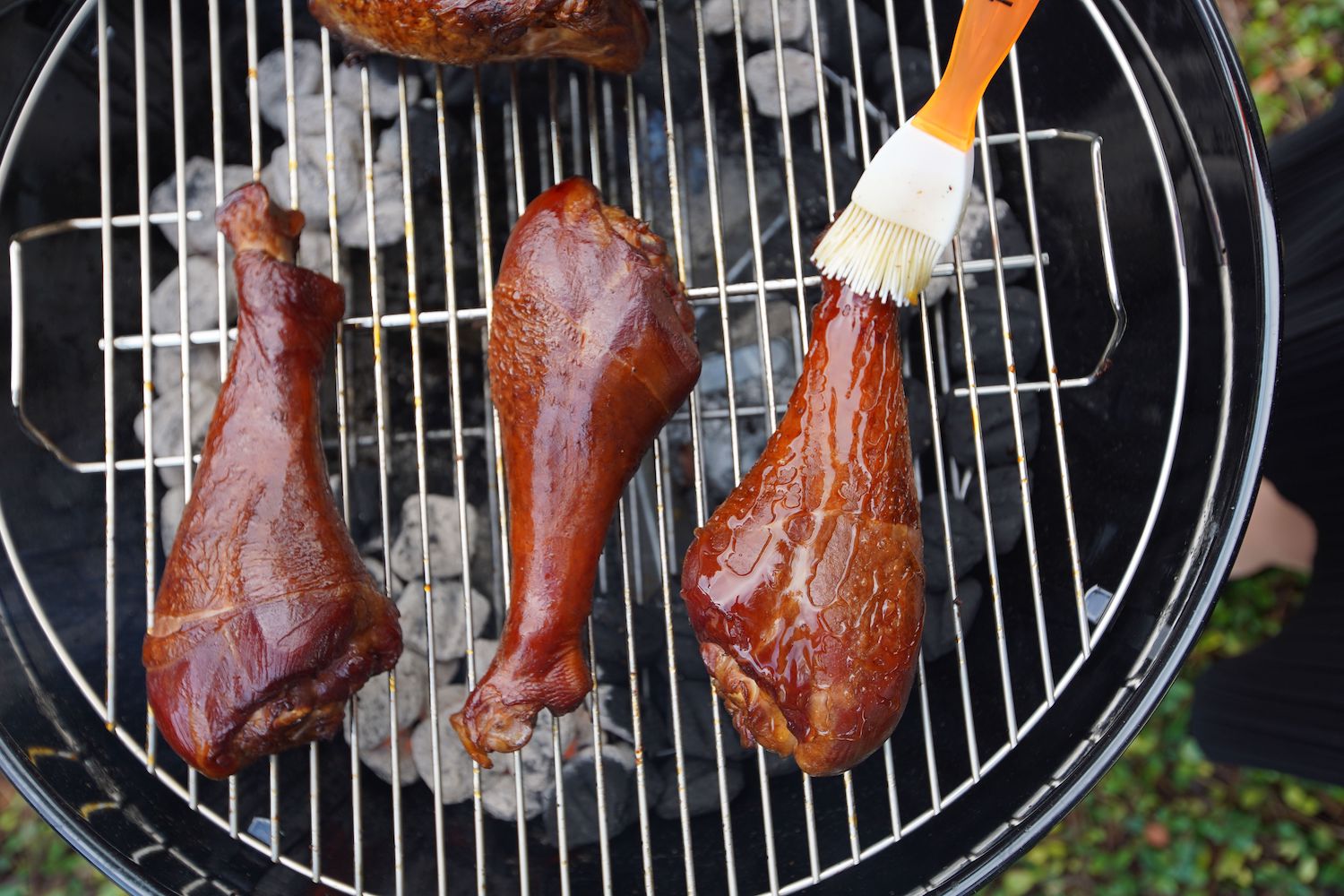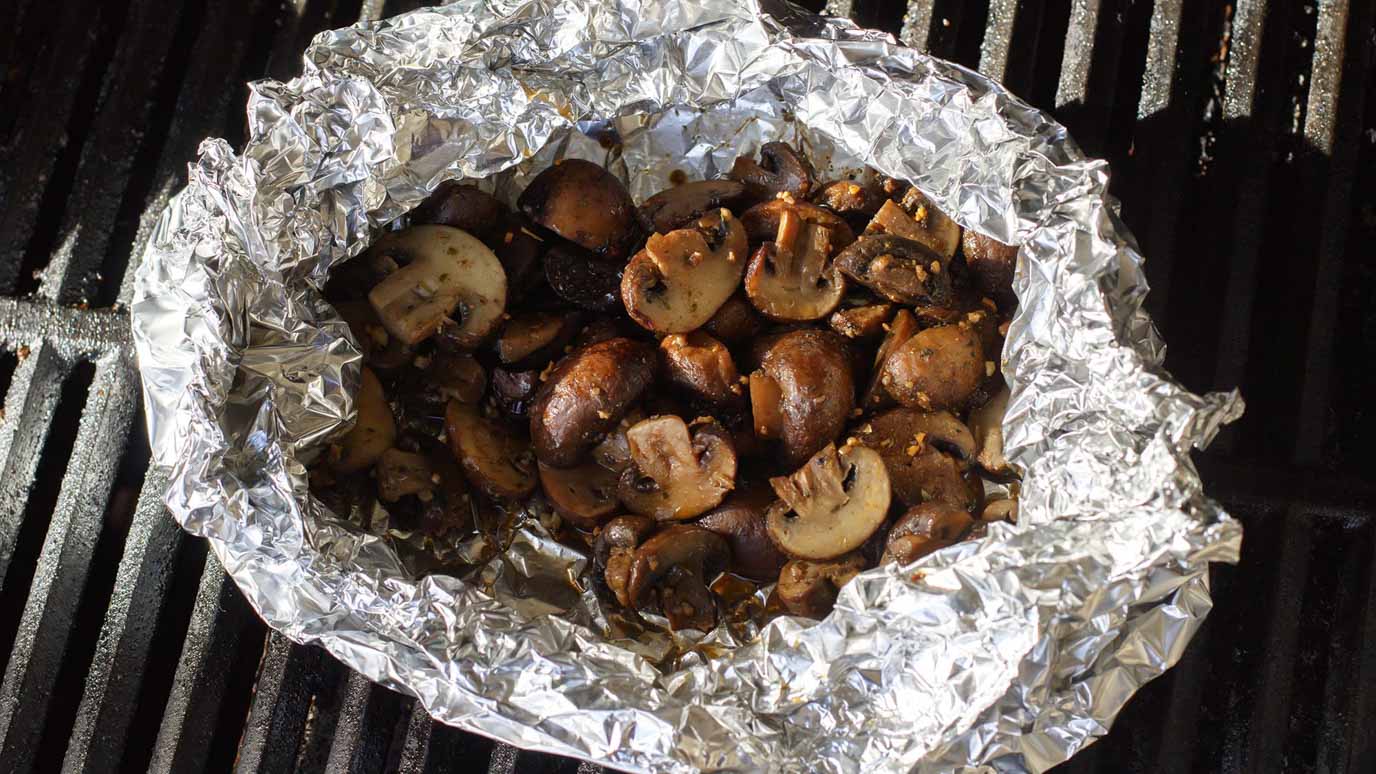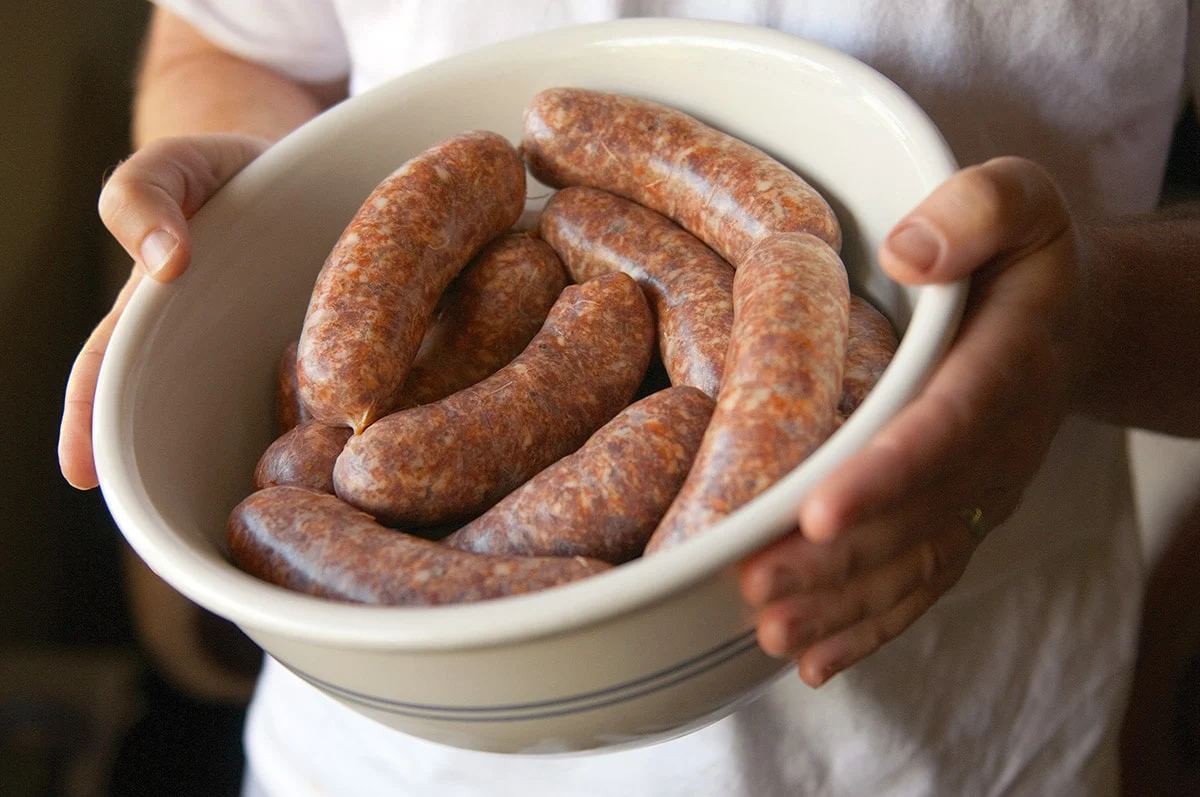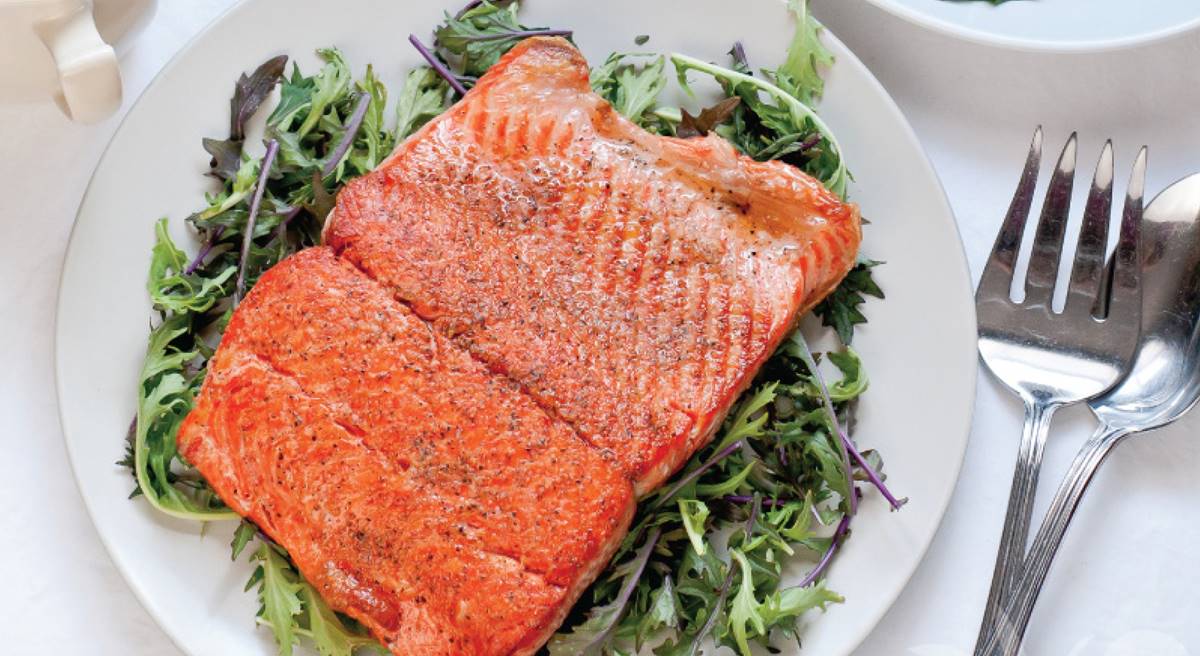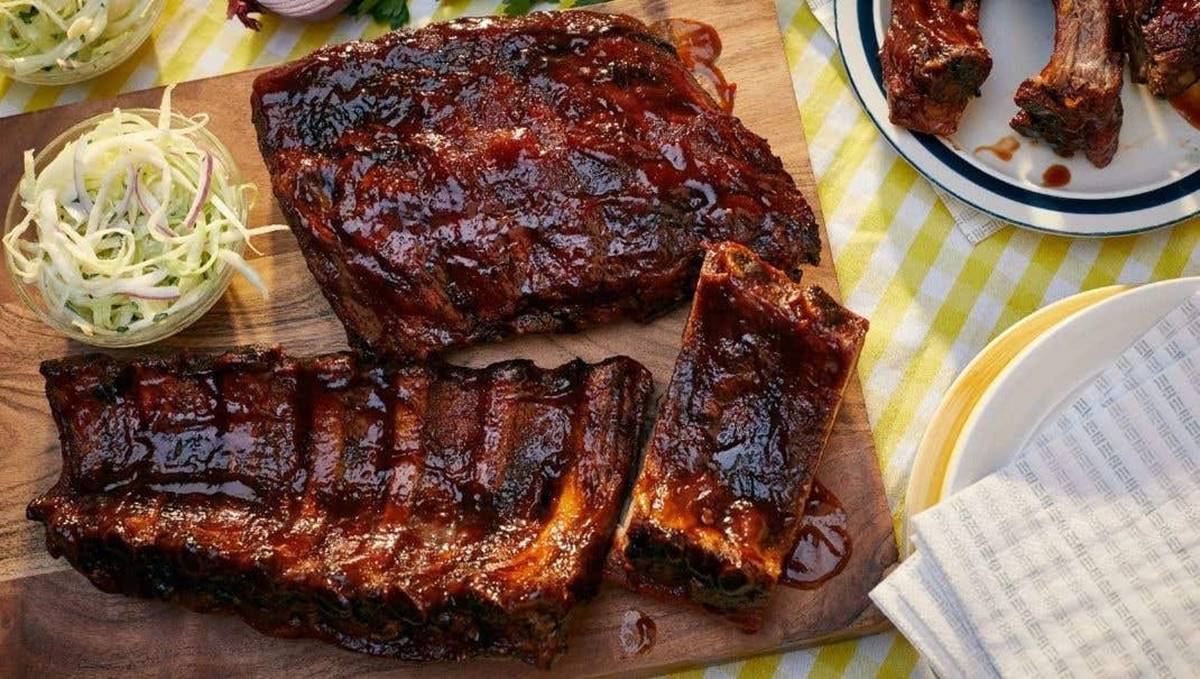Mastering the Art of Cooking a Delicious Roast in an Electric Skillet
Roasts are a classic comfort food that never fails to impress. A perfectly cooked roast can be tender, juicy, and bursting with flavors. While traditional oven cooking is often the go-to method, using an electric skillet can be a game-changer. With its precise temperature control and even heat distribution, an electric skillet can help you achieve a mouthwatering roast every time.
Why Choose an Electric Skillet?
Electric skillets offer several advantages over traditional oven cooking when it comes to roasting:
- Precision temperature control: Electric skillets allow you to regulate the cooking temperature more precisely, ensuring that your roast cooks evenly and at the desired level of doneness.
- Even heat distribution: The heating elements in electric skillets are designed to distribute heat evenly across the cooking surface, preventing hot spots and ensuring consistent cooking.
- Time and energy efficiency: Electric skillets heat up faster than ovens, reducing cooking time and saving energy.
- Versatility: Electric skillets can be used for a variety of cooking methods, including searing, sautéing, and frying. Their versatility makes them a valuable addition to any kitchen.
Steps to Cooking a Perfect Roast in an Electric Skillet
Follow these simple steps to cook a mouthwatering roast in your electric skillet:
1. Choose the Right Cut of Meat
Choose a cut of meat that is suitable for roasting, such as chuck roast, sirloin roast, or shoulder roast. These cuts are typically well-marbled and flavorful, making them ideal for slow cooking.
2. Prepare the Meat
Before cooking, season the roast generously with salt, pepper, and any other desired spices or herbs. Allow the meat to sit at room temperature for about 30 minutes to ensure even cooking.
3. Preheat the Electric Skillet
Preheat your electric skillet to a medium-high temperature. Add a small amount of oil or butter to prevent sticking, and let it heat for a minute or two.
4. Sear the Roast
Place the seasoned roast in the hot skillet and sear it on all sides until it forms a golden-brown crust. This step helps to lock in the juices and enhance the flavors of the roast.
5. Adjust the Temperature
Reduce the skillet’s temperature to low or medium-low. Cover the skillet with a lid to trap the heat and moisture, creating a gentle cooking environment.
6. Cook Slow and Low
Cook the roast slowly over low heat. This allows the meat to become tender while retaining its juices. The cooking time will depend on the size and thickness of the roast. As a general guideline, cook the roast for approximately 20-25 minutes per pound.
7. Monitor the Internal Temperature
Regularly check the internal temperature of the roast using a meat thermometer. For medium-rare, the temperature should reach around 135°F (57°C), while medium should be around 145°F (63°C). Adjust the cooking time accordingly to achieve your desired level of doneness.
8. Let it Rest
Once the roast reaches the desired temperature, remove it from the electric skillet and transfer it to a cutting board. Tent it loosely with foil and let it rest for 10-15 minutes. This allows the juices to redistribute throughout the meat, resulting in a tender and succulent roast.
9. Slice and Serve
After the resting period, slice the roast against the grain to ensure maximum tenderness. Serve it with your favorite sides, such as roasted vegetables, mashed potatoes, or a savory gravy.
Now that you know the secrets to cooking a delicious roast in an electric skillet, it’s time to give it a try. With a little practice, you’ll become a master of this delectable dish, impressing family and friends with your culinary skills!
Was this page helpful?
Read Next: How To Cook Brisket For Pho
